Popularity
In which we wonder how useful social networking is
Chatting to Vee last night, she said: maybe she should cut down on social websites. She showed me the list of sites she’s got profiles on. Seventeen. Maybe she’s overdoing it a little. I have at least five at the last count, at least one of which lies derelict and abandoned.
Gordon, too, recently wrote about this. There are so many social websites out there that, if you’re not careful, they become nothing more than a time-sink. Or, the other extreme; you leave abandoned profiles scattered across the internet like so much silent litter.
Now, social interaction has been on my mind for the past couple of weeks, ever since my friend Maz called me an ignorant and antisocial git. This was largely because I hadn’t popped round to put up some shelves for her like I’d promised; but she’s not the only person to have complained that I don’t keep in touch with my friends as much as I should do. The solution to that, though, isn’t networking websites with long lists of “friends”. What’s missing is deep interaction. Going on Facebook to throw a sheep at someone is meaningless; writing them a letter or two is what counts.
Sites like Facebook are kind of pointless, except as an address book and a distraction. At least, they’re pointless as far as building up real, meaningful relationships are concerned. The social sites that are useful, though, are the ones which have some genuine purpose other than being a list of friends. Last.FM,* for example, or Flickr. I’ve always been too lazy to upload photos to Flickr, although I keep meaning to. I have a backlog of photos going back about a year, that are unsorted and mostly unseen; occasionally I dribble a few onto this site. So, I’m going to use Flickr more.** I’m going to spend more effort on the friends and acquaintances I already have, rather than collect more I don’t really know. I’m going to stick with the social networks I have, but only because, hopefully, I might become less of an ignorant git in the future. The only way to do that is with real interaction, not a quick Facebook poke.
* Well, it’s useful if you’re a music geek
** Partly because I’ve started playing with the maps. I love it. Photos and maps in one place – what more could a geek ask for?

 Home
Home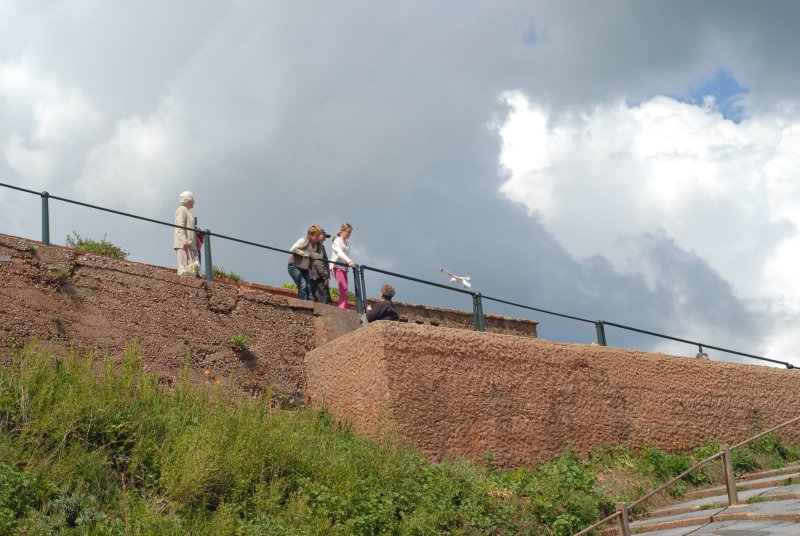
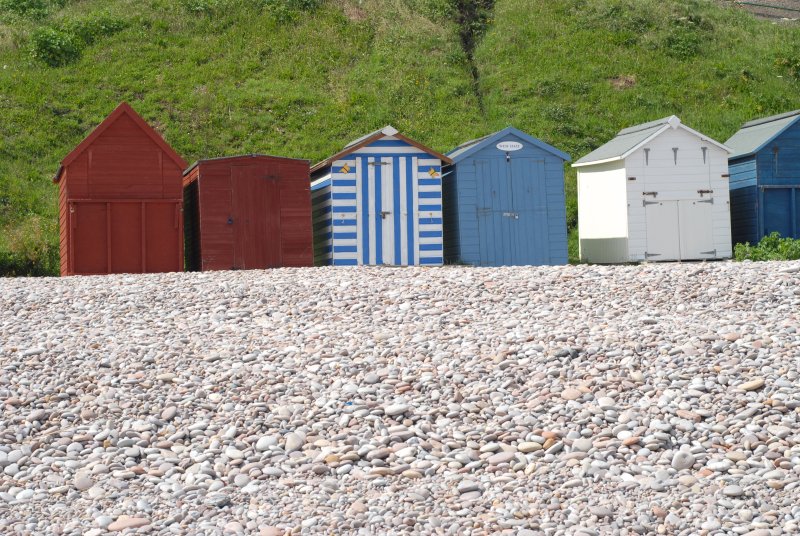
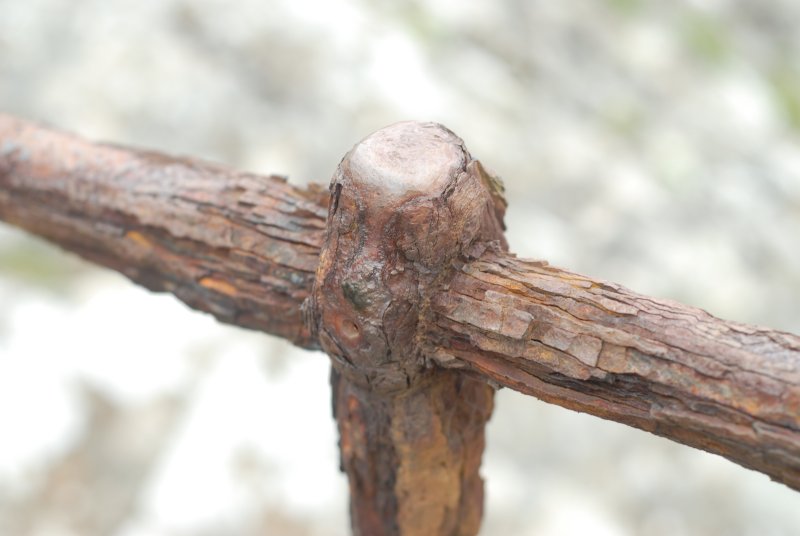
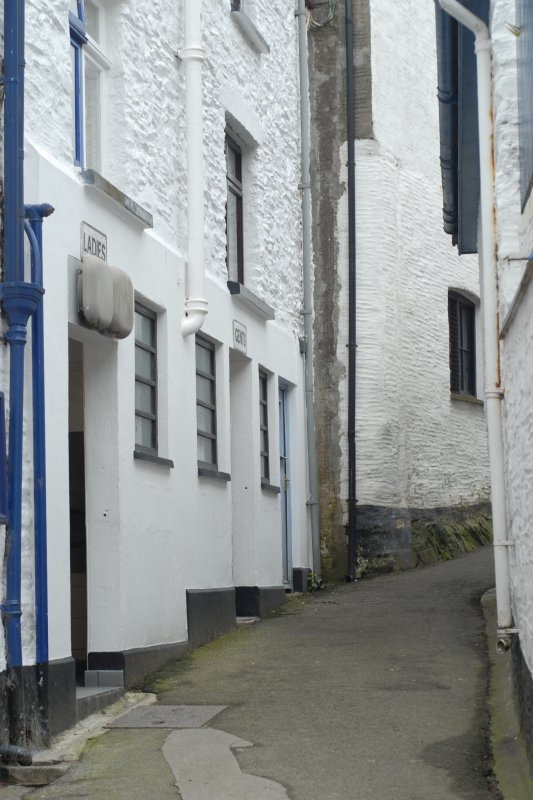
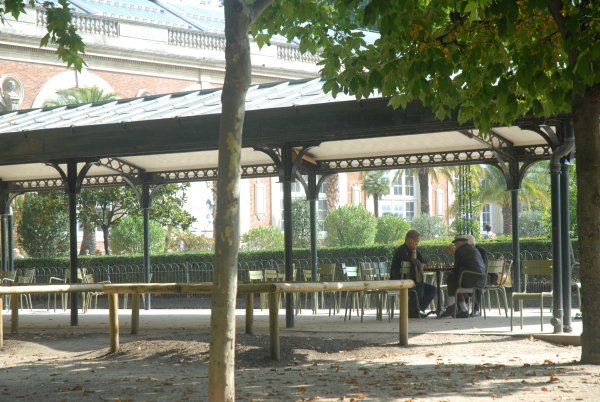
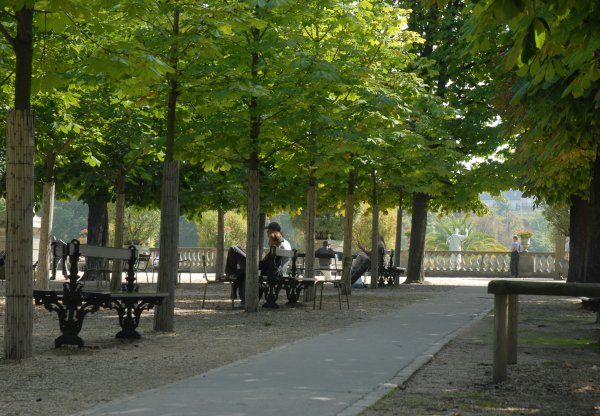
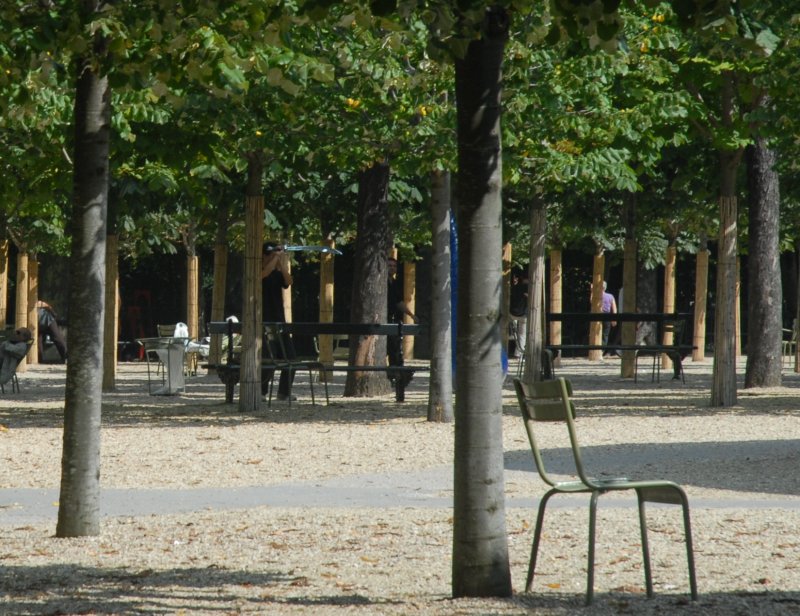
 Newer posts »
Newer posts »